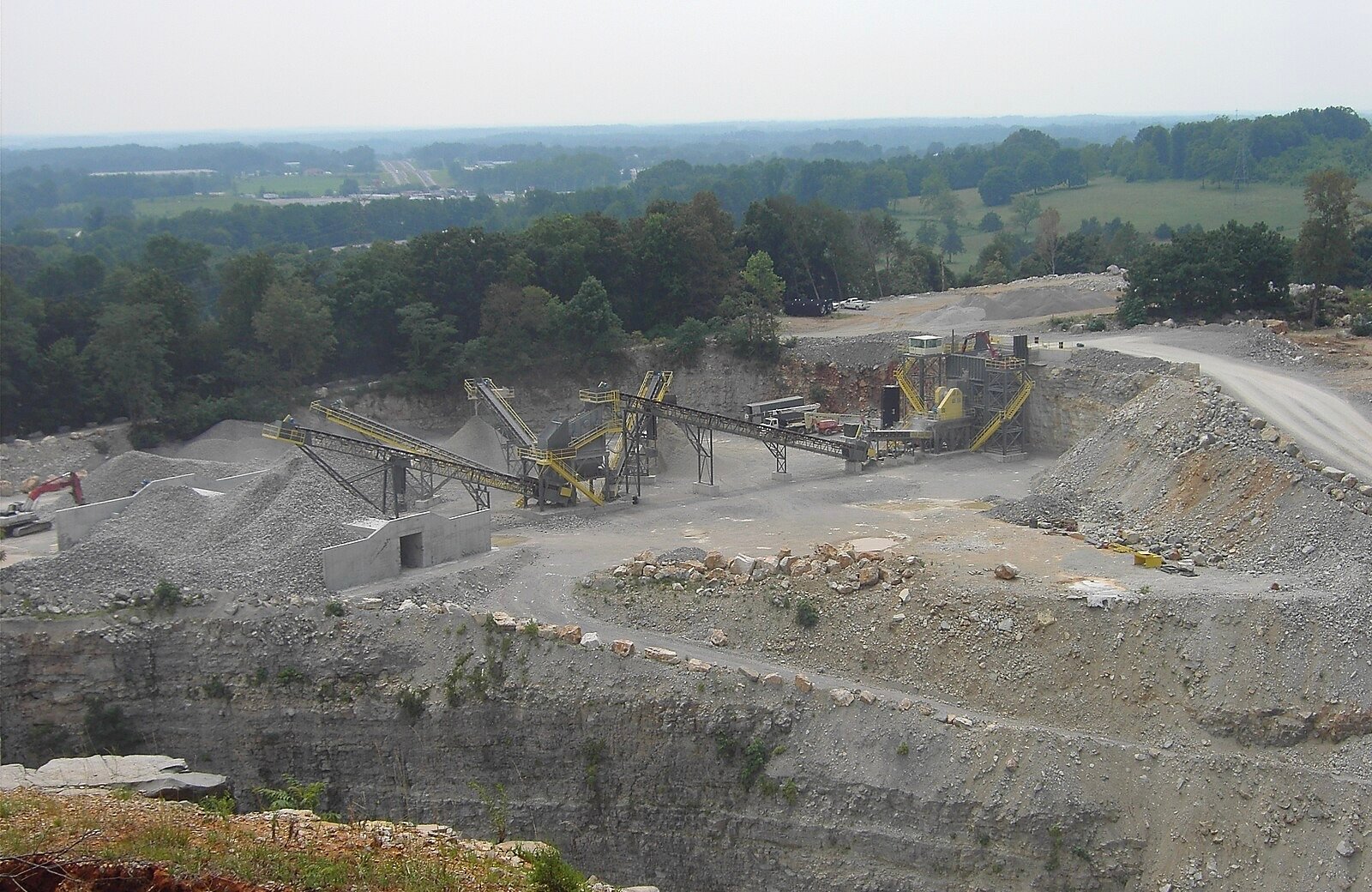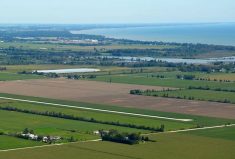A recent ecosystem modelling study conducted by Iowa State University scientists shows how crop production in the United States has led to an increase in the emissions of nitrous oxide (N2O), a potent greenhouse gas, throughout the last century.
Researchers drew on massive amounts of data, from weather patterns to soil conditions to land use and agricultural management practices, to feed the model and quantify changes in nitrous oxide emissions from U.S. soils.
The research breaks soil emissions down by ecosystem types and major crops and found that the expansion of land devoted to agriculture since 1900 and intensive fertilizer inputs have predominantly driven an overall increase in N2O emissions.
Read Also

Melancthon faces a new quarry fight over water, environment and farmland risks
A proposed Strada blast quarry in Melancthon, Ont., sparks regional debate over water protection, farmland sustainability, and Ontario’s aggregate policy.
The use of such ecosystem models to assess the sources of N2O emissions could help guide policymakers as they enact conservation plans and responses to climate change, said Chaoqun Lu, associate professor of ecology, evolution and organismal biology.
“The model we are using is a process-based ecosystem model,” Lu said. “It’s similar to mimicking the patterns and processes of an ecosystem in our computer. We divide land into thousands of pixels at a uniform size and run algorithms that simulate how ecological processes respond to changes in climate, air composition and human activities.”
The study found N2O emissions from U.S. soil has more than tripled since 1900, from 133 million tonnes of carbon dioxide equivalent (MMT CO2 eq) per year at the beginning of the 20th century to 404 MMT CO2 eq per year in the 2010s. Nearly three-quarters of that rise in emissions originates from agricultural soils with corn and soybean production driving more than 90 per cent of the ag-related emissions increase, according to the study.
“Our study suggests a large [nitrous oxide] mitigation potential in cropland and the importance of exploring crop-specific mitigation strategies and prioritizing management alternatives for targeted crop types,” the study authors wrote in their paper.
The rise in emissions corresponds to an expansion of cropland in the U.S, Lu said. The computer models found land devoted to agricultural production emits more N2O than natural landscapes. That’s largely due to the widespread application of nitrogen fertilizers to agricultural land and legume crop production, Lu said. The added nitrogen is partially used by crops, and the remainder either stays in soils or is lost to the environment.
Better understanding the dynamics of which crops lead to the greatest emissions can help shape climate mitigation policy, Lu said. Because more nitrogen fertilizer is applied in corn production on average than other crops, the study found soils where corn is grown tend to emit more N2O per unit of fertilizer used, Lu said.
The researchers designed mathematical models that mimic ecological processes. The models rely on mountains of data gathered and developed over the course of years, Lu said.
The researchers compiled government data on crops, land use, weather and other variables. They also factored in historic and survey data from farmers and other landowners and compared the results from their model with real-world data to validate results.














